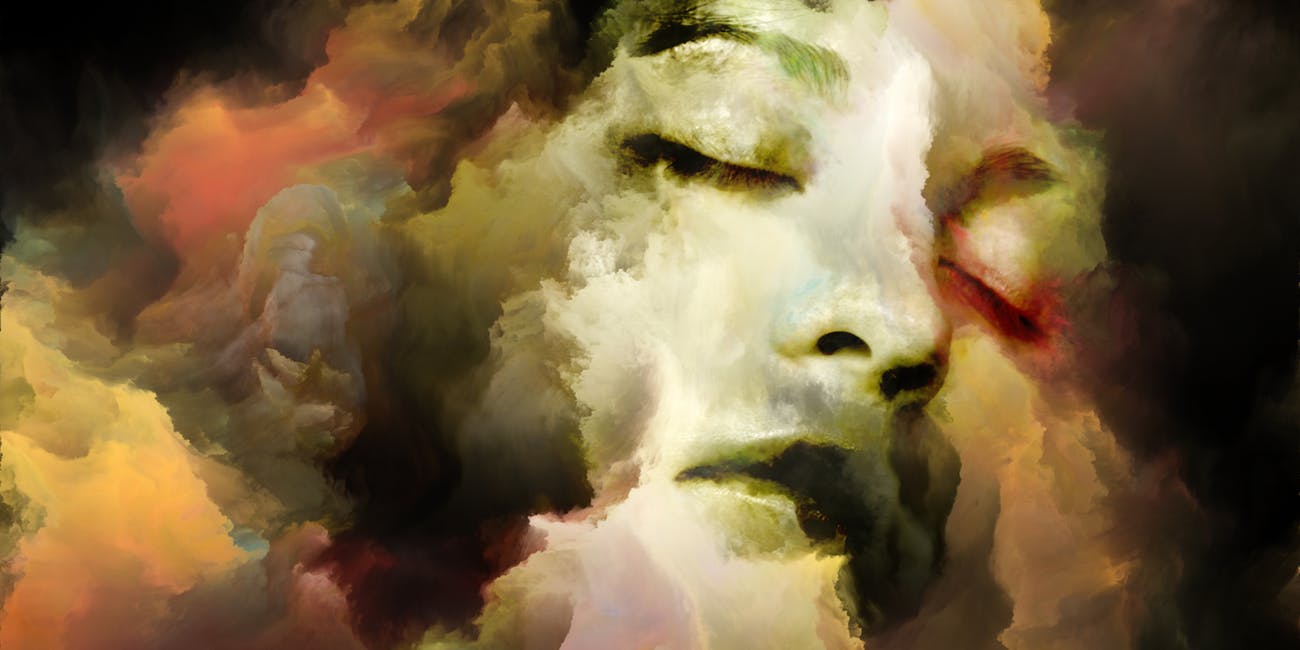Bad Dreams Help Us With Our Fears in Real Life

New research is showing that our bad dreams are showing that our brain is looking for a way to face fear and cope with the situation we are scared of.
Everything that the brain is doing during our night sleep is more like overnight therapy and is preparing us for the real stuff we have to deal with next. The people who have lousy dreams are reporting in time that they are more insecure during the daytime.
Brain Scans and Bad Dreams – The Connections
The researchers are showing that with the help of brain scans, they can find the connections between our bad dreams and the activity that is happening inside.
After many studies, they observe the neurological path between fear and the regions in our brain that activates when we feel fear in sleep and a wakeful state. Even in our days, the sleep is still an incomplete mystery not solved yet. But what is for sure is that our sleep goes hand in hand with the mood and feel after we woke up.
Moreover, the same thing that applies during wakeful state regarding our emotions is happening in our sleep as well.
We know by now that rapid eye movement has something to do with our negative emotions, so the amygdala is active when we are in the state of sleep as well. The amygdala is the center of our feelings in the brain, so if the centers are low, the lesser are the emotions.
More Studies Are Needed to Establish the Connection Between Bad Dreams and Fears in Real Life
However, we are still working on theories, because nothing is sure 100%. For example, one theory suggests that our brains are rehearsing real-life situations in our dreams. Another method says that during the night sleep, we resolve the negative emotions and relax for what it comes. The two theories are saying that our dreams can lead to another response when we are awake, but they disagree about how it’s done.
Also, after 18 participants were tested during night sleep with an Electroencephalography (EEG) and wake up during the night to talk about their dreams, the results were analyzed. The scientists found out that besides the amygdala, the insula and the cingulate cortex are participating.
The insula is another part of our brain responsible for the distress and emotions of fear. And the cingulate cortex is preparing our body to respond to a threat. After one week, when the participants noted their dreams, they were examined with magnetic resonance imaging (MRI) and submitted to negative images.
To sum up, the three elements, the amygdala, the insula, and the cingulate cortex, were not activated; instead, the prefrontal cortex was the one active. So a little conclusion based on these tests is that during the night sleep, with the bad dreams, our brains are rehearsing for the real-life situation. Of course, this would not apply to nightmares, where the distress is higher, and the response can be detrimental.
0 comments